Improve focus and expand your awareness with breath watching meditation
Introduction
The more responsibility you have in your life, the more is the need for meditation. The busier you are, the less time you have, the more work you have, and the endless desires you want, is the more you need to meditate. This is because meditation not only relieves you from stress and anxiety. It enhances your abilities to face challenges. It brings better health. Meditation is also referred to as food for the soul, energizes the mind, lifeline for the body that helps you get in shape, helps your mental alertness, and improves your perception. This also helps you to express yourself properly. It helps in creating a non-violence society, a disease-free body, a confusion-free mind, and a sorrow-free soul. Meditation is very simple yet very profound; A rare combination of simplicity and depth.
Behind every random thought that runs through your head is a complete story that if you latch on that thought it’s like taking certain attention from your mind and gradually unfold that into pieces of details. This allows you to make an inner dialogue with yourself regarding that inner experience. With this, your meditation now leads to somewhere, not quite the comfort zone and is not doing the actual definition of meditation, so you need to focus again and clear those thoughts so you can get back to the fact that you are meditating so you won’t think of any other things.
Within the next chapter, you would know the most basic yet most important of all the methods used in meditation – the breath watching meditation.
Breath Watching Meditation Explained
It has been proved that the root of everything is energy. It may lead to a higher divine intervention or a scientific approach of physics but it won’t change the fact that energy has its own source. Buying the fact that there is the source of this energy, study shows that most of our lives, we focus on things that are outward. By this, a question needs to be answered – How do we realign ourselves in order for us to put attention on that energy?
The only thing in the world is done to accomplish such is through meditation. Stilling the mind and calming the body. In this area, the focus is not to meditate just to reach some enlightenment or a spiritual idea that you can attain, it’s a meditation to drive your attention in your inner expression rather than allowing your focus to continually chase outward objects.
The breath watching method is a very powerful technique and can be done at any given time and place. This method only provides a simple exercise through carefully observing your breath. You can do this by just sitting still and watching how you breathe. This can be done through hours, leading you to a deeper state rather than leading you to see emptiness.
Placing your mind in a state of neutrality that gives you the capability to experience your outer life and your inner one as well. An excellent tip for expanding your awareness is through breathing. The more we watch you breathe naturally and manipulatively, the more your mind slows down and your body starts to calm down. Harmoniously, as you watch your breath, your mind enters the state of being still and only giving full attention to breathing and non else.
In order to reach this is that you need to consider different breathing patters and not to be able to do things or hear sounds that may interfere with you as you observe your breathing. All you have to do is witness how you breathe over and over again and try it to be more usual and as normal as possible.
After observing how you breathe in and out, try now to watch the gaps in between. There you’ll be experiencing difficulties in focusing, but don’t worry, you can always start again from the beginning and try to seek out calmness in between gaps without self-condemnation.
HISTORY OF BREATH WATCHING MEDITATION
Breath Watching Meditation or otherwise known as Anapanasati is derived from ―sati‖ meaning mindfulness and ānāpāna that refers to inhalation and exhalation. In was said, from the books that teach Buddhism to the schools of Tibetan Zen, that the tradition of keeping the mind and body stay calmed is through proper breathing. It is in the sensations formed from the harmonious relationship between inhaling and exhaling.
Anapanasati is a form of meditation that gives the central focus on the traditions of Buddhism in general since the main objective is to achieve peace of mind as well as the body. From the ancient times that this form has been using to the modern era where all are part of technology, it is still most likely to be experienced by some due to its effective way of healing.
They say that the attention is given to the body, or parts of it, inquietude is deeply recommended to cultivate and provide an inner expression to find stillness. It also said in the traditional meditation, this serves as a practice wherein you release yourself from tension and suffering. They say that Buddha used the same meditation to achieve enlightenment during his quest for it. A well-developed concentration made to practice full absorption.
A traditional method found in the books of Buddha suggests that in order to attain the balance, you need to go somewhere you can concentrate, according to the book it’s in a form of forest, you need to sit beneath a tree and observe your breath. You then notice how long or short your breathing takes place accordingly.
When doing the Breath Watching Meditation, the meditator practices the following great things:
- He then trains his mind to become more sensitive in giving attention to other parts of the body.
- He also trains his mind to concentrate on a certain thing to dispose of negative traits such as inconsistency and relinquishment. And;
- He satisfies the mind by slowing things up.
Scientific Approach In Breath Watching Meditation
Chemotherapy nowadays has been the ultimate recourse in the field of medicine; it has given hopes to those individuals suffering from malignancies. One of those individuals that were diagnosed with stage 2 lymphoma was 44 years old Danilo Ramirez. He has no other choices but to take the risk of getting better through chemotherapy and radiation. He already knew what kind of treatment that is, and what side effects he will undergo.
Ramirez said that it was really hard on him not just physically but more on the psychological aspect. He also mentioned that there were nights that he couldn’t sleep at all, knowing that he had to face the treatment over and over again. This is because Danilo is also claustrophobic – a great amount of fear when it comes to small spaces. During radiation procedures, the patient needs to wear a large mask that protects that part of the body to avoid harmful effects of the radiation, with this, Danilo said that he is too claustrophobic to tolerate the radiation treatments.
Mr. Hoffman, Ramirez’s doctor, and the medical director of radiation oncology at Roy and Patricia Disney Family Cancer Center in Burbank California insisted that he should take the medication and don’t refuse the treatment so that the risk of getting a potentially curable cancer would not increase.
The doctor also alleged that with the absence of the treatment, he would die. The doctor thought that bringing Ramirez into the initial radiation therapy could calm his anxiety and can control his phobia, but it seems that his anxiety got only worst and the standard sedatives did not work as expected.
In the process, Ramirez suffered a panic attack and kept on crying the whole time. With this, Hoffman decided to take a different approach so Ramirez could overcome his fears. He then proposed that
Ramirez should attend to Meditation classes. In the medical field, it is not just Hoffman, among all the doctors and physicians, who are suggesting that patients should undergo meditation procedures before battling the treatments to help cure the ailments, there are also famous individuals in various health departments that are allowing and recommending patients to see professional meditators to seek the peace of mind.
Some of the patients that are suffering from much worse diseases, they are strongly advised to use alternative medication such as therapies. As the Archives of Internal Medicine researched; therapies, for a long period of time, has provided both emotional and physical relief to many patients having different sickness. There are so many forms of therapy that patients could use and choose for their own. These practices include yoga, meditation, acupuncture and so as other activities that affect the body as well as the mind.
Through experimental meditation, a lot of ailments are being treated with different meditation procedures. Procedures and techniques varying in the attention of details or focus on the desired part of the body which is desired to be cured. Meditation is recognized as an alternative medication that the field of medicine has been focusing on building establishments and departments providing activities enabling the body and mind to become active.
Due to the fact that this kind of procedure is just experimental, how the meditation reacts would vary on the certain individual performing the type of meditation he chose to accomplish. This suggests that the chance of curing an ailment through this alternative medication is high when an individual executes the meditation properly.
Ramirez was sent to participate in such an alternative medication. He rendered different types of meditation techniques, but the only meditation that really focused on was the breath watching method. After a few weeks, when his schedule for radiation treatment began, he was able to stay calm and be treated the whole time without panicking. He can totally say that his phobia was gone, allowing him to feel better during the treatment process.
Step By Step Breath watching Meditation
You need these 2 steps to attain the maximum potential of Breath Watching Meditation.
STEP 1: LOOSEN UP
Achieving relaxations comes in handy when you try to tighten up your body first. Afterward, you try to remove those tensions by relaxing bit by bit all the way. Breath watching meditation is more prolific when you practice these following exercises. First, you inhale, tense the body, then breathe out, as the time the air comes out, relaxation begins to occur, releasing the tension and giving relief to the meditator. Second is to inhale slowly, and now, you begin to incorporate counting. You need to inhale, consuming 8 counts, then hold your breath for the same figure when exhaling, you also need to consume the same count again. This is called the ―even count breathing‖.
STEP 2: ACTUAL BREATH WATCHING
In this step, you continuously practice the same count method, breathing in and breathing out. You will notice a sudden and spontaneous relaxing sensation all over your body. Inhale deeply, and then slowly exhale. Wait for the breath to come in of its own accord, and watch its flow. Simply watch the breath. Don’t watch your body breathing. Observe the breath itself only.
You have to consider the observation points wherein you inhale, hold, and exhale. These points are very crucial to meditation. You can do this for 10 minutes or more. After the meditation, you can enjoy the calmness of your mind, the stillness of your body, and nice quiet surroundings.
Experiencing The Breath Watching Meditation
Settle things slowly till you realize that you are in a complete ―simple be‖ state of mind and body. Pay attention to the things happening within the present time such as other sensations like noise, feelings, thoughts, with the absence of movement.
After that, you can now focus on breathing. Follow your breathing as you inhale and exhale the air flowing into your body. Observation is the key to this kind of meditation. Always be natural and remember not to force yourself in observing how you breathe. You must be aware of the air going inside your nose as it finds its way down to your chest.
The mind will wander away from the breath — that’s fine, it doesn’t matter. That’s a part of the meditation! When you notice that you are no longer observing the breath, easily bring your attention back to it.
Let all of your experiences — thoughts, emotions, bodily sensations — come and go in the background of your awareness of the breath. Notice how all of your experiences — thoughts, emotions, bodily sensations, awareness of sounds, and smells — come automatically and effortlessly like the breath.
In time, you can become aware of the tendencies of your mind. You will see how it resists certain experiences and tries to hold onto others. The natural settling down of the mind allows you to notice these underlying tendencies and creates the possibility to let them go. If you experience resistance to what is occurring, an attempt to change what is happening, a tendency to hold on to some experience — let it go.
This is a variation on the Breath Awareness Meditation that you can try if you find you are able to watch the breath for periods of time. Start as above and when you are settled into the process of observing the breath, become aware of the point at which the breath turns the corner from the inhalation to the exhalation and from the exhalation to the inhalation. Notice what is there. It is not a thing — it is a gap between the breaths, nevertheless there can be aware of it. It is a kind of ―still point‖.
Continue to bring your attention to that still point, bringing your attention back to the gaps in the breath whenever it has wandered away. As you continue practicing this meditation, you may find that the stillness is no longer experienced as discrete gaps between the breaths, but is a more continuous experience. This cultivates the awareness of the stillness that is present in the midst of activity and can create a profound experience of peace.
If you are to go to a certain retreat that focuses on meditation here are the following patterns of teachings.
FIRST ONE TO FOUR DAYS: Achieve some calm (Samadhi) with a concentration on breathing. When the mind and body are calmed somewhat, you may start watching the sensations
associated with breathing (like pressure, cold on the nose, etc.) NEXT DAY: Watch breathing and add awareness of bodily sensations like cold, hot, burning, tingling, pressure, aching, etc. You do not think about them, you just observe.
NEXT DAY: Add awareness of sound. For instance, If a bird tweets, you just notice the tweet. Do not think about the sound, or judge the sound.
REMAINDER OF RETREAT: Add awareness of thoughts. You just notice: There’s a thought. “Hey, look, a thought is occurring.” Do not pursue it, or elaborate on it. Just notice that thought appeared and passed away. Go back to noticing. If you notice that you have been lost in thought for a while, just notice that and go back to the practice.
In a slightly different type of Insight retreat, meditators start with awareness immediately and let the calm feeling of samadhi emanate from the concentration of focused attention. For instance, some teachers might teach starting with awareness of breath and then quickly open the awareness, noticing the other sense doors (bodily sensations, hearing, smell, taste, thoughts, and sounds) as perceptions arise and pass away.
Sometimes the concept of “labeling” is taught as an aid. Here, when something arises, you notice it and label it in your mind gently. For instance, you notice a sound, say to yourself “hearing” and let the sound pass away without thinking about it. Or you may notice you are off on a thought or series of thoughts, and label “thinking” and let it pass away.
If you are not in a long retreat, you must decide what is best for you. This is one idea: You take your 30 or 45 minutes sitting and start it with breathing concentration to get yourself calm and then open the awareness to just one sense door. For instance, you can concentrate on noticing the breath.
Then if a sound appears, notice it and just go back to the breath. After some experience in meditation, you may want to start with awareness of breath and then notice all the other sense doors as they arise and pass away, always returning to the breath as an anchor. You stay with the breath unless awareness of some other sense door appears. Consciously decide what is best for you and STICK WITH IT.
Different Insight teachers teach slightly different methods, possibly because they were taught in a certain lineage of Insight practice. They are all really teaching the same thing: Calm down and BE HERE, NOW, IN THIS MOMENT. Do not follow thoughts into the past with memories or into the future with fantasy.
One final caveat is that one should not constantly judge one’s progress. Take it easy on yourself. The definition of a good sitting is that “you did it.” The mind is always different and the practice unfolds over time with many ups and downs.
5 Comments
Trackbacks/Pingbacks
- How You Can Develop Your Meditation skills - Transformelle - […] can try different sorts of breathing methods during your technique. Begin by closing your eyes. Once they are shut, take in…
- Yoga for self-control and body awareness - Transformelle - […] advanced yoga specialist can then control their breath in order to limit their stress responses, as breath is controlled by both the parts […]
Submit a Comment
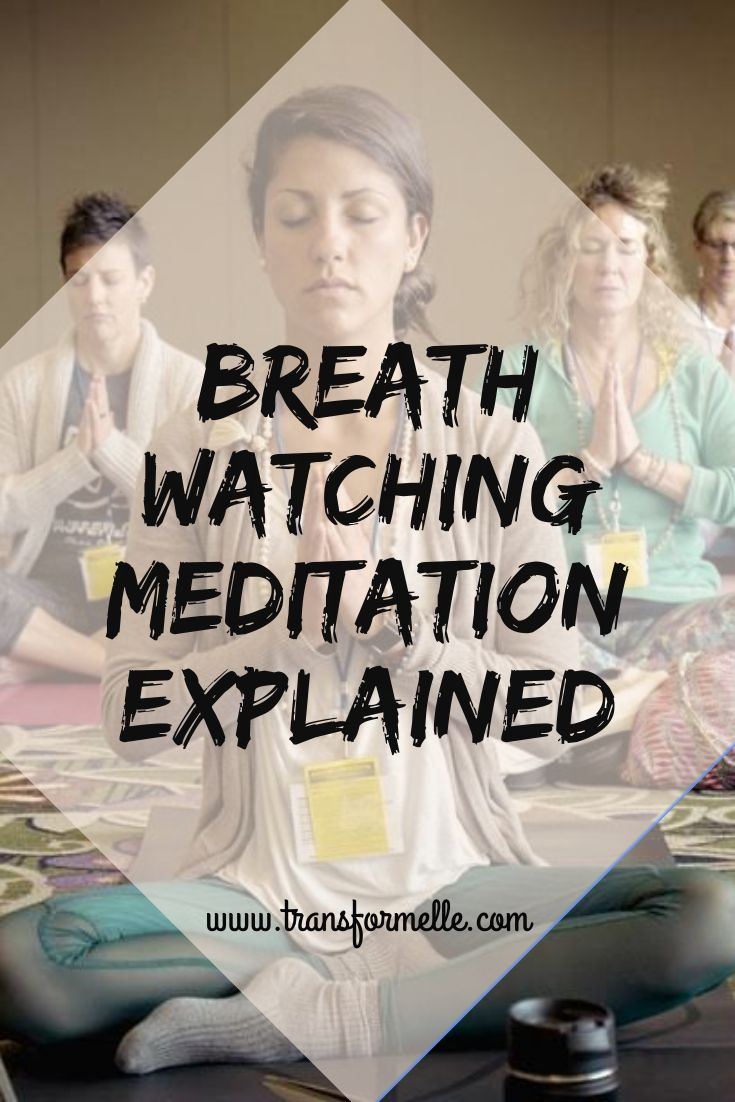
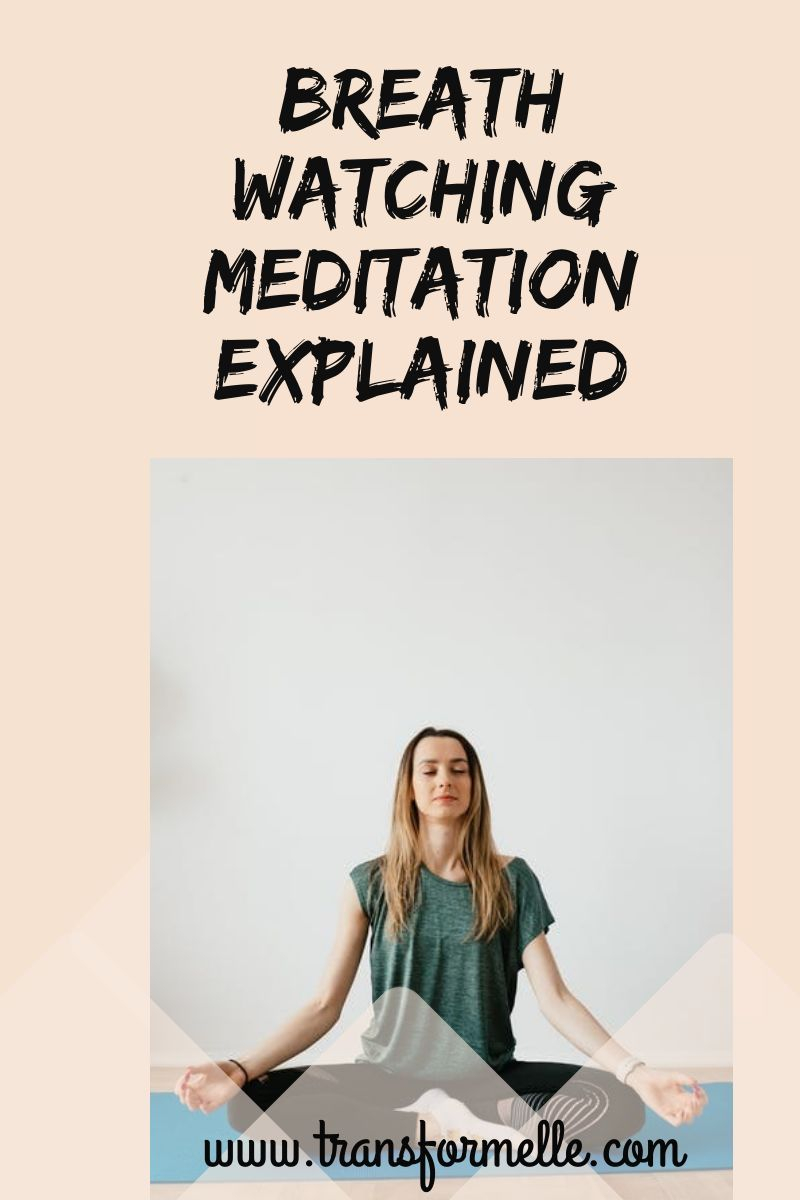
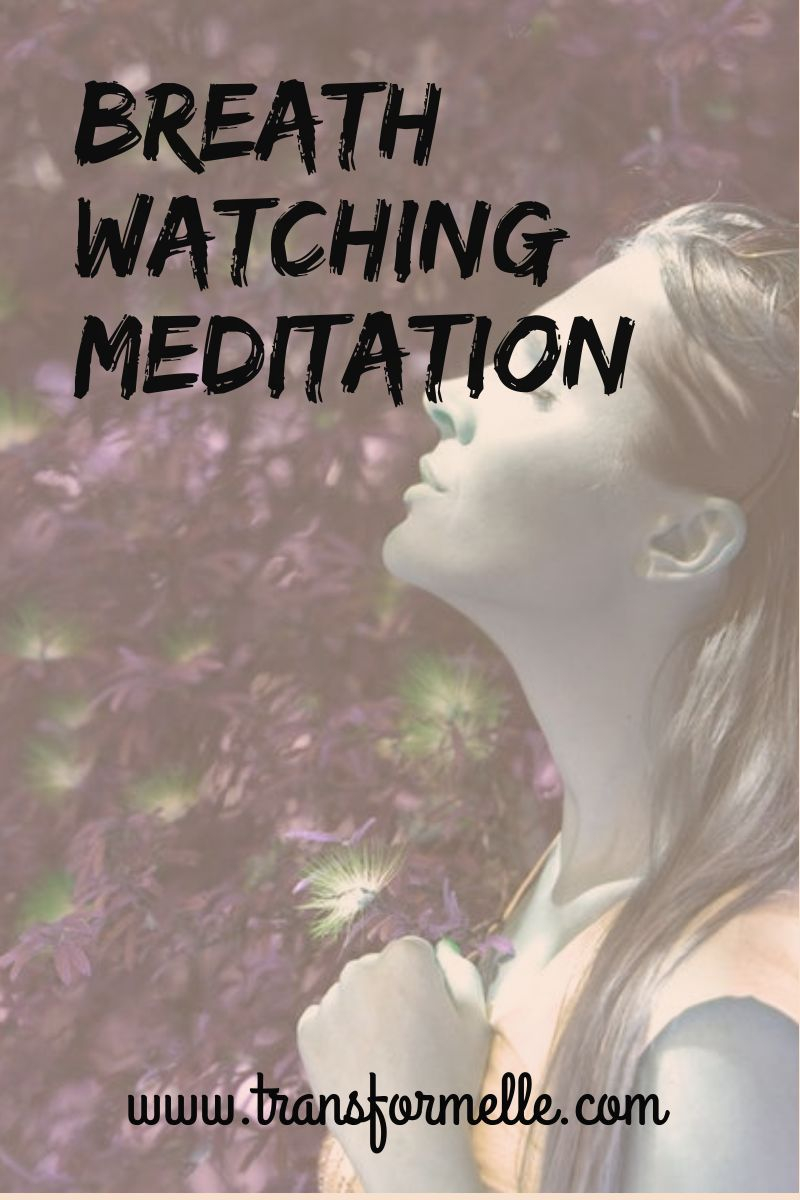
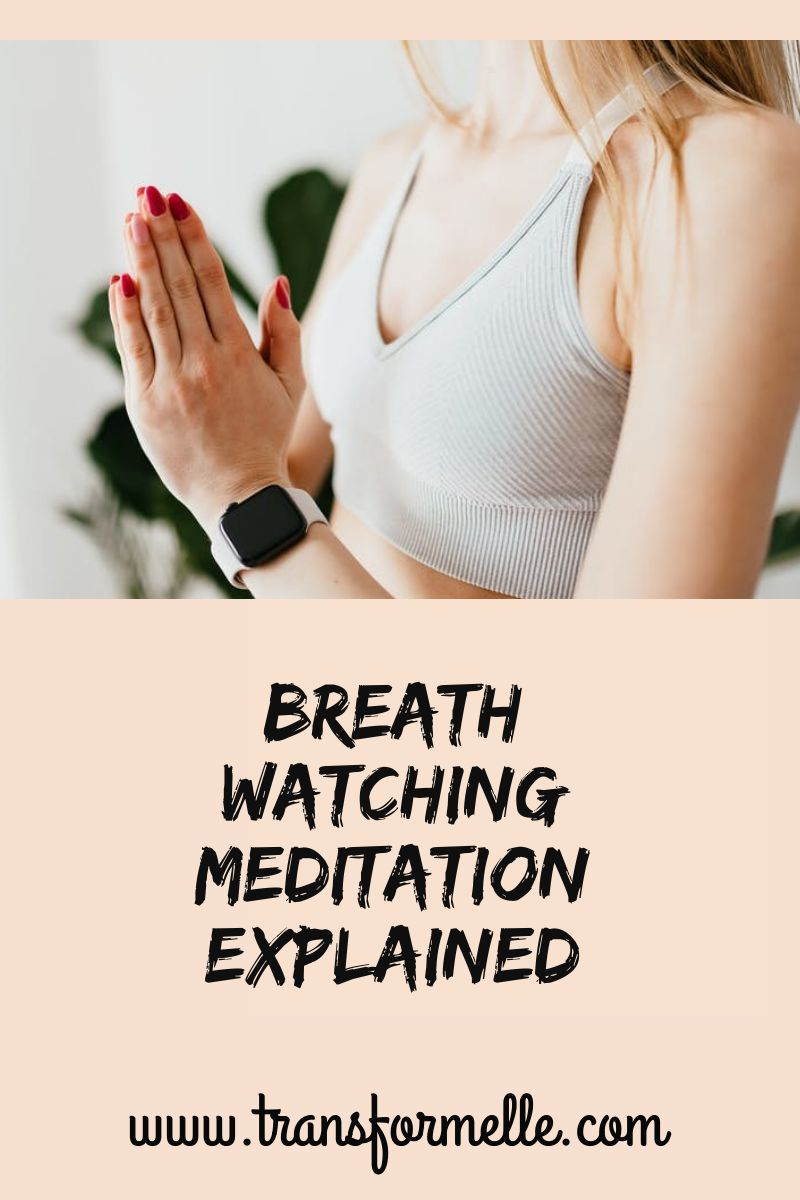
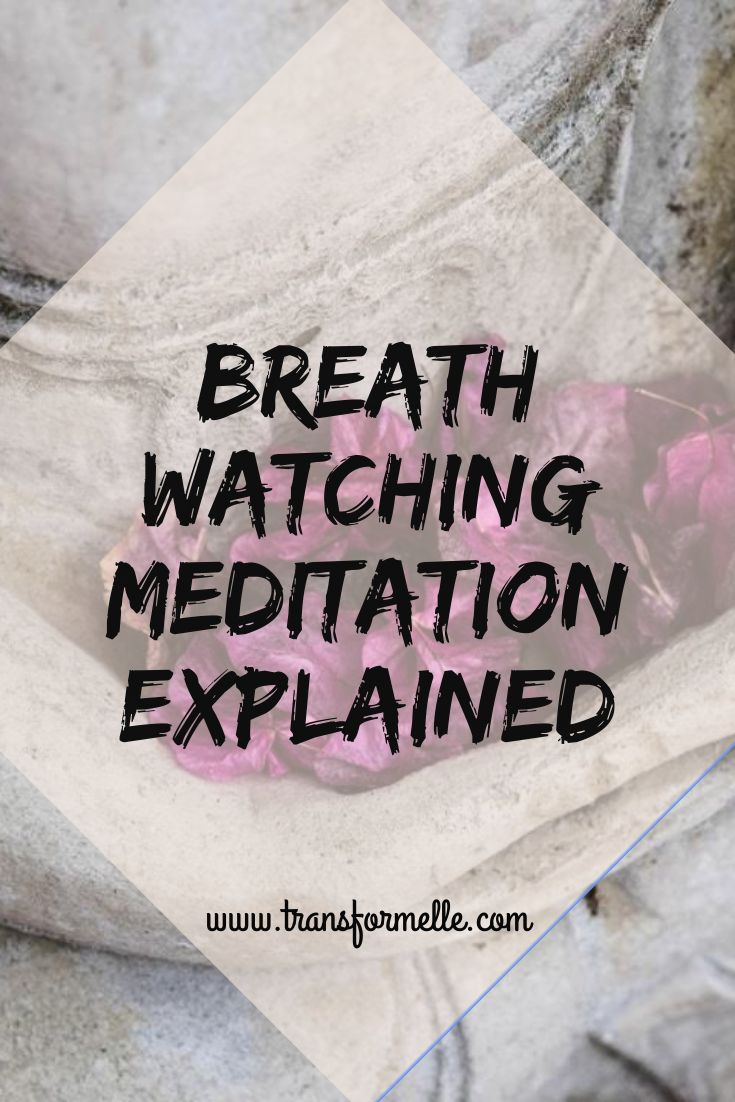
Did you find this post useful, inspiring? Save one of these pins above to your healthy lifestyle board on Pinterest.





This is the perfect bkog for anybody who hopes to find out about this topic.
You definitely putt a brand new spin on a topic which has been discussed
for decades.Wondedrful stuff, just excellent!
I’m very happy to discdover this page. I need to to thank you for ones time just for this fantastiic read!
I definitely really ljked every litftle bit of it aand I have you bookomarked to check out new things in your blog.
It is not my first time to go to see this website, i am visiting
this web page dailly and take good information from here alll the time.
Wow, amazing blog layout! How long have you been blogging for?
you made blogging lokk easy. The overall look of your web
site is excellent,as well ass the content.
Great post. I’m dealing with some of these issues as well..